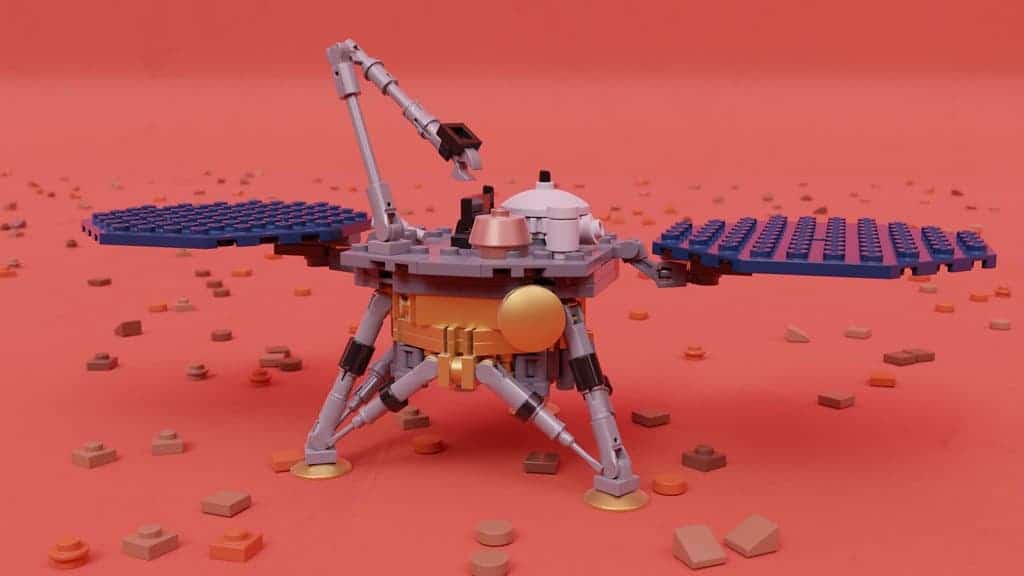NASA’s latest Mars lander, the InSight rover, has run into trouble recharging its batteries on the red planet.

Although powered by solar energy, and thus able to recharge anywhere the sun shines, InSight is quickly running out of spark. The issue, according to NASA, is that the craft’s solar panels have been covered in dust, drastically reducing their effectiveness. Ground control relies on strong local winds to clean the panels of craft sent to Mars, but so far, these have not made an appearance.
Running low
“The amount of power available over the next few months will really be driven by the weather,” said Chuck Scott of NASA’s Jet Propulsion Laboratory in Southern California, InSight’s project manager.
The rover is currently on battery-saver mode in an effort to prevent it from running completely out of power, says Business Insider.
InSight is powered by a two-meter long solar panel, which should, in theory, make it completely self-sustaining anywhere on Mars. Still, right now, the craft is completely self-sustaining nowhere on Mars, as its solar panels are caked in thick layers of wind-borne dust, dramatically eating into their effectiveness.
If the recent lack of any meaningful winds on the Elysium Planitia (where the rover made touch-down) continues, there is a real chance InSight will run out of power completely, and shut down. NASA relies on strong gusts of wind to remove dust from solar panels, so much so that they’re known as “cleaning events”.
Whether this comes down to bad luck in the form of unusual weather patterns, or poor planning in the sense that Elysium Planitia just doesn’t get very windy and we didn’t know that, InSight has gathered quite the thick layer of dust. It’s currently only getting around 27% output from its solar panels. Although everything is in working order with the craft, and it can still manage enough power to use its moving arm, it is at a very real risk of suffering a total power failure. At that point, once its batteries die, so will the rover.
NASA has been turning off different non-essential systems and instruments on InSight in order to conserve power, and will soon instruct the craft to enter hibernation mode. If that is done, InSight will be stuck in place and will most likely have to await the coming of Martian spring, in July 2021, before it’s able to get its batteries’ full.
“We would be hopeful that we’d be able to bring it back to life, especially if it’s not asleep or dead for a long period of time,” Bruce Banerdt, InSight’s principal investigator, told Insider. “But that would be a dicey situation.”
“As part of our extended-mission planning, we developed an operations strategy to keep InSight safe through the winter so that we can resume science operations as solar intensity increases”.









